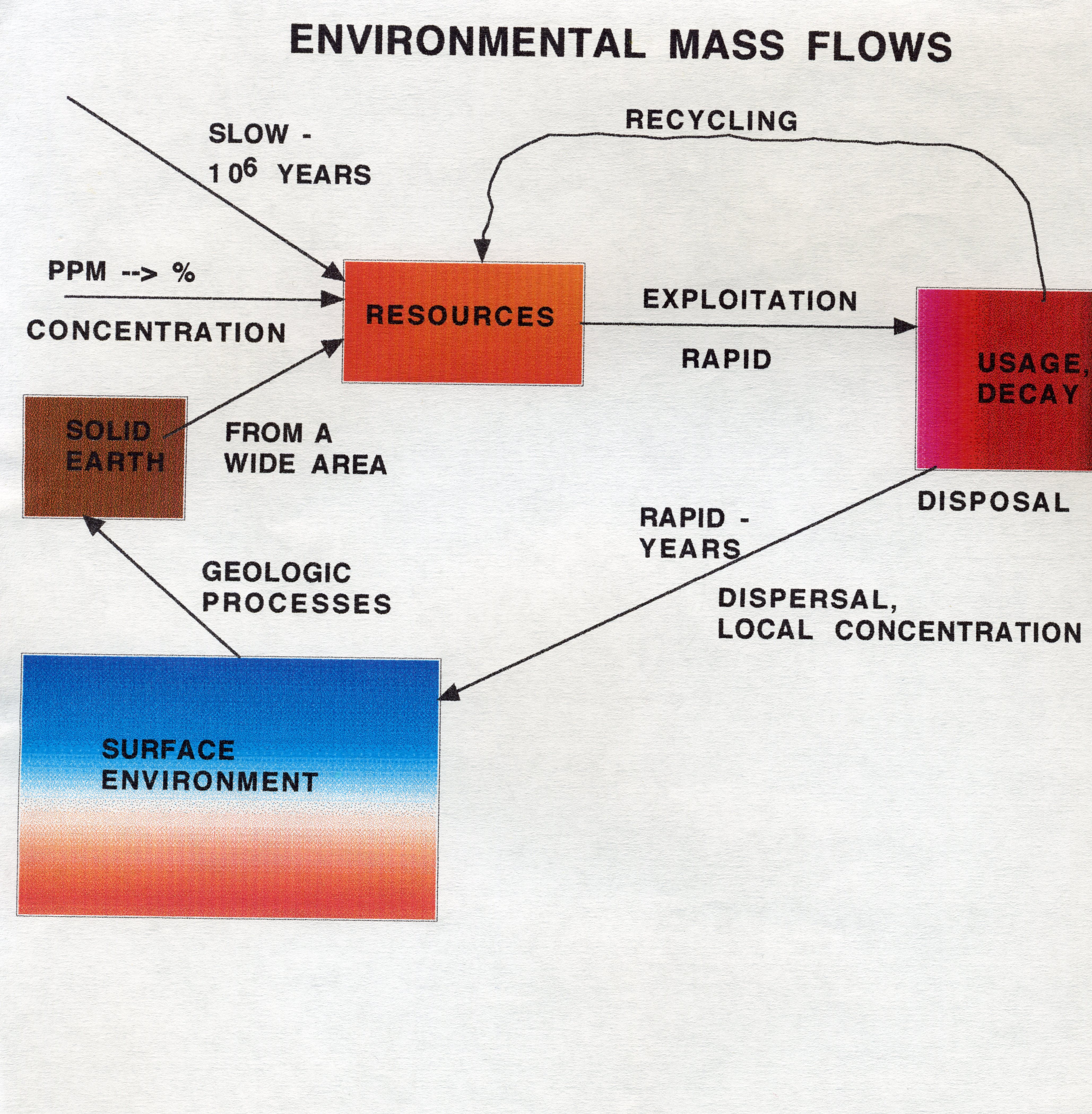- 1950’s-1970’s worries about resource
depletion
and exhaustion
(Club of Rome)
1970’s-1980’s concern about local pollution and
some global effects (ozone layer)
1990’s-2000 concerns about global ills —
climate
change, biodiversity. Notion of biodiversity as a resource: medicine,
chemicals,
important genepool, also intrinsic value.
- Tragedy of the Commons: those areas tended by
the most
people receive the least care
- Some major political turning points in
Environmental
Issues: Montreal Protocol (1987), Earth Summit Rio (1992), Kyoto
conference
(1997)
- Environmental impact (I) depends on
the #
of
people (P) and the impact of each person I = P . T where
T is the technology factor that dictates the resource demand and
waste
flow. To reverse environmental damage, we have to control population
growth
(education, combat poverty, social structure) whereas in our personal
lives
we can help with T as well as vote for environmentally sensitive
politicians
(Think globally, act locally)
- Older theories on environmental catastrophes
stem e.g.,
from Malthus (population wild-growth) versus the more optimistic views
of the Cornucopians (trusting in ‘persons’ ingenuity to solve
problems).
Introduction of the concept Carrying Capacity of the world
- Sustainable growth: a lifestyle that
does
not
deplete resources nor creates an excessive waste stream (recycle,
re-use,
conserve); concept that waste is only a symptom not the very cause of
environmental
neglect, e.g. compare policies of the Greens.
